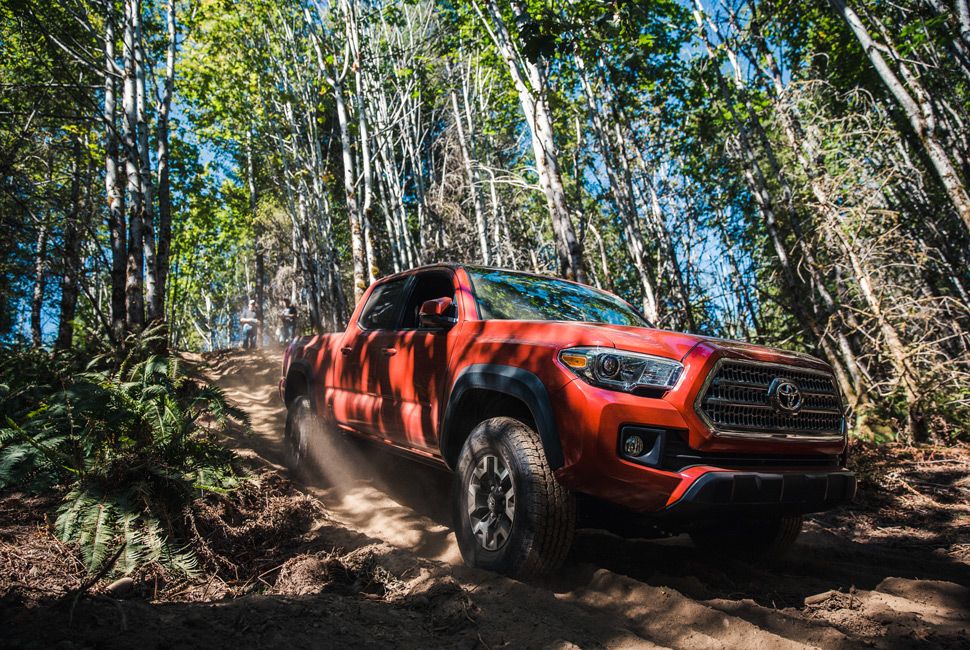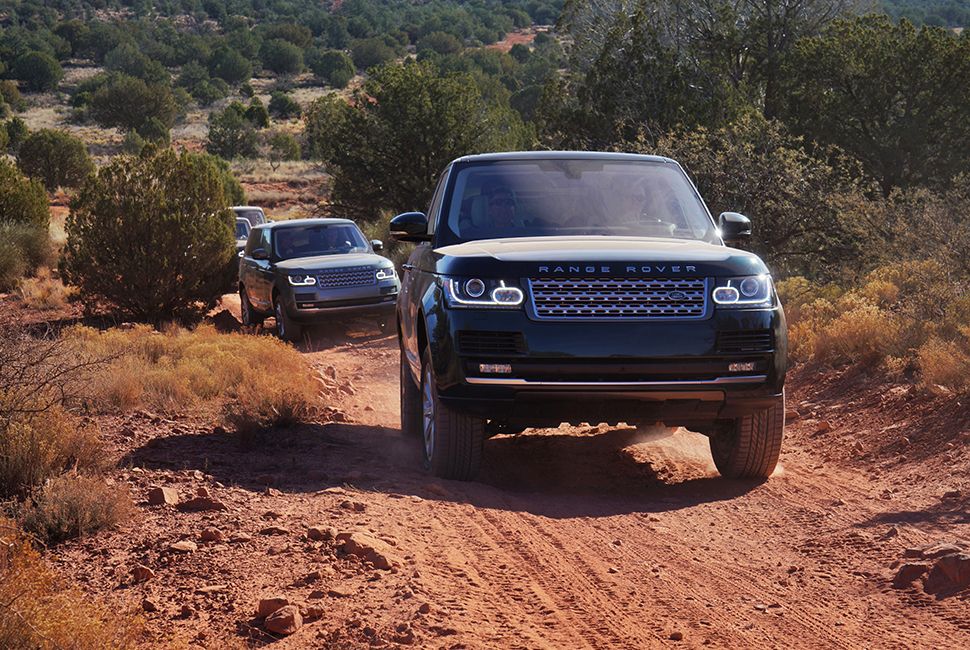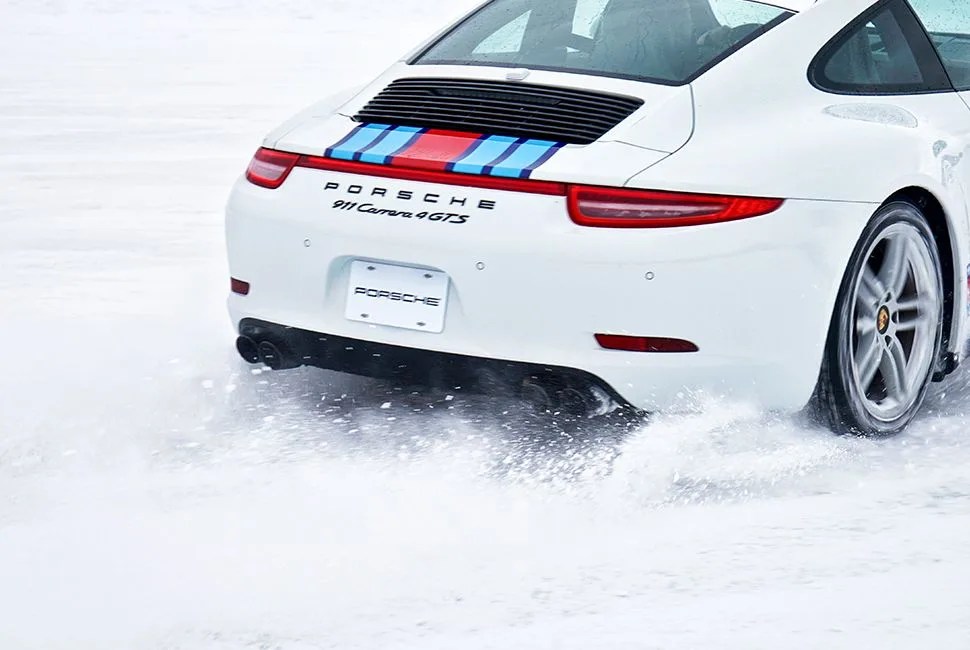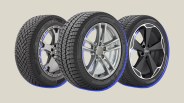Four-wheel-drive used to be synonymous with mullets off-roading in the minds of most consumers. Like many buzz-worthy specs originally developed for enthusiasts and professionals, though, some variant of the general principle was soon rushed into vehicles of all stripes by manufacturers. It’s a shift muddin’ diehards still cuss about over tallboys at dusk, but there’s no denying that a new generation of sure-footed cars with better handling in tricky conditions has benefited drivers everywhere.
Today, finding the perfect match between driving ability, fuel consumption and price first requires a honest evaluation of your own motoring needs. With that soul-searching behind you, understanding the differences between various four-wheel-drive (4WD) and all-wheel-drive (AWD) offerings (and everything in between) will make buying your next ride that much easier.
Table of Contents
Know Your Terms
What is an Open Differential?
Part-Time Four-Wheel-Drive
Full-Time Four-Wheel-Drive
Full-Time 4WD Multi-Mode
4WD and AWD: Real-World Performance
Know Your Terms
Loosely speaking (in automotive terms), torque is the twisting force produced by a car’s engine. Torque is multiplied and split up between wheels by various gears in the transmission and differentials, which send torque from the driveshaft or transmission to the drive wheels. Applying torque to the wheels is what moves your car from A to B; granted, there’s a force — a.k.a. friction — that prevents your tires from simply slipping along the road. That last bit is important because it illustrates the relationship between friction, traction and torque. Friction is required for traction, and traction is required to harness torque. The most powerful engine in the world won’t move you an inch if your tires lack traction. Wheel slip results when the torque applied to a tire exceeds its available traction (often, at red-light drag races).
Traction control is one innovation that has helped limit tire slip in modern vehicles — even the two-wheel-drive variety. This technology leverages the same sensors used by anti-lock braking systems to measure wheel speed and determine whether any wheel under power has lost traction. Remember, if the amount of torque sent to a wheel exceeds the friction it has with the road, it’ll slip. By braking select wheels when slipping is detected, these systems can limit the amount of torque sent to a wheel and reduce wheel slip in the process. In certain cases, reducing engine power to slipping wheels is also required to get things under control. Traction control systems are unquestionably beneficial, but it’s important to remember that they only work to prevent wheels from spinning and can’t actually increase traction. That’s where 4WD and AWD come in.
Open Differentials





